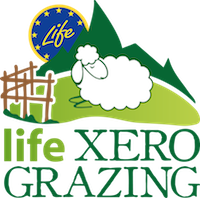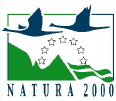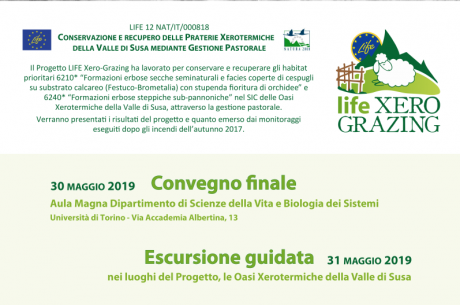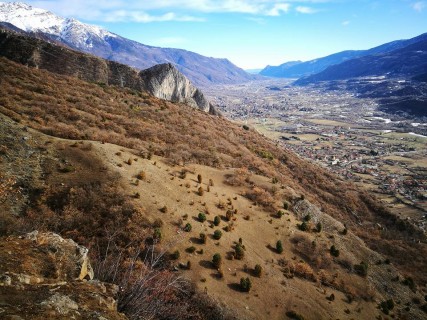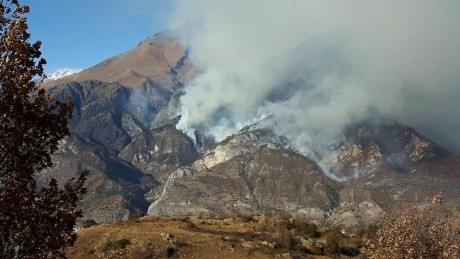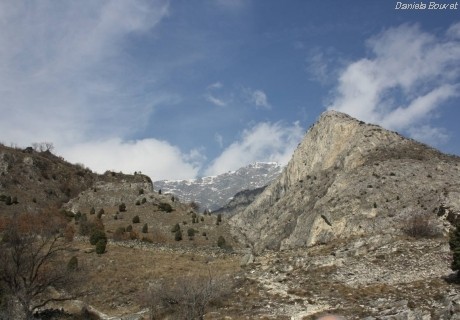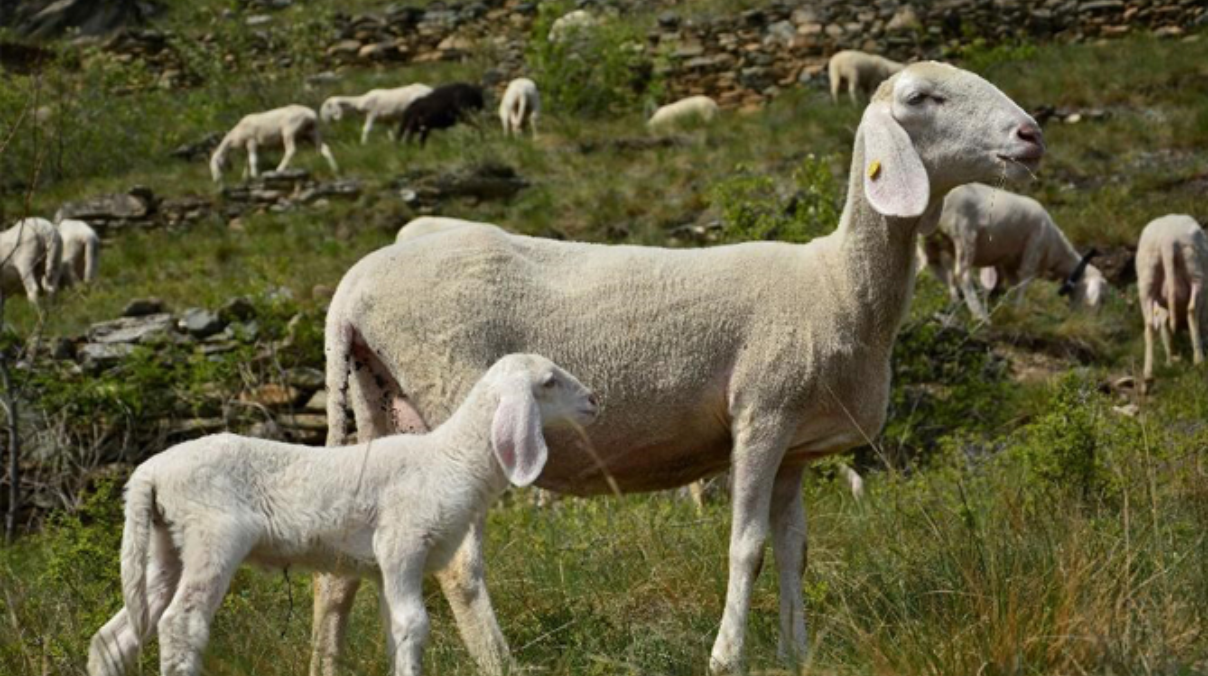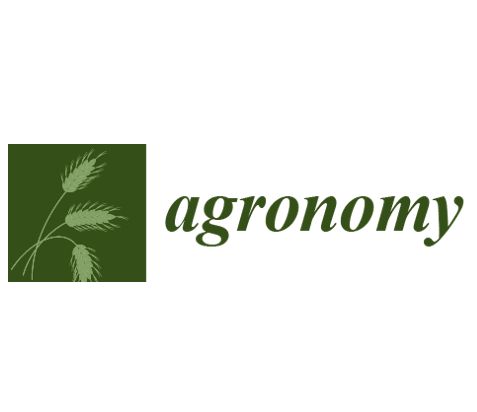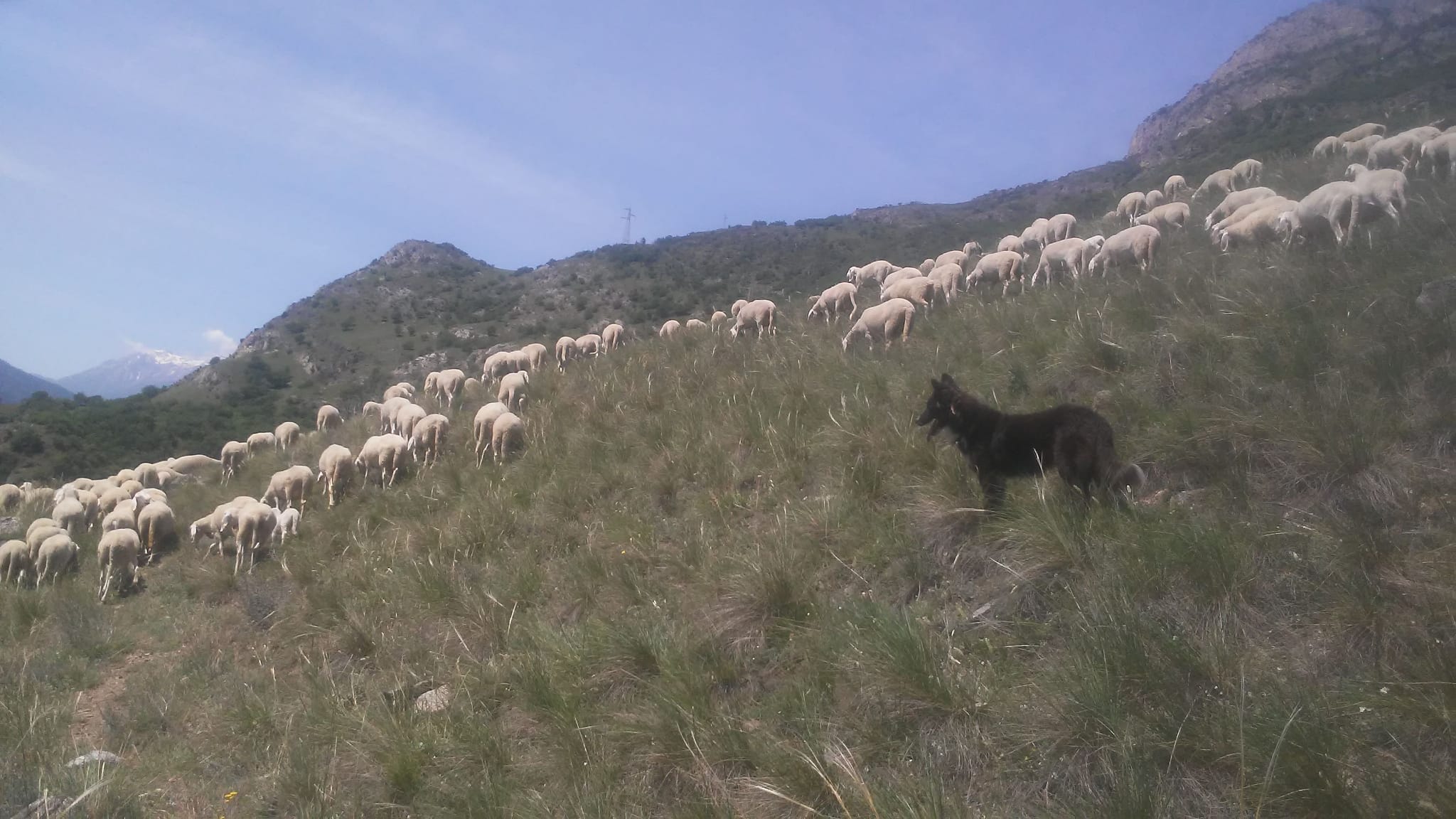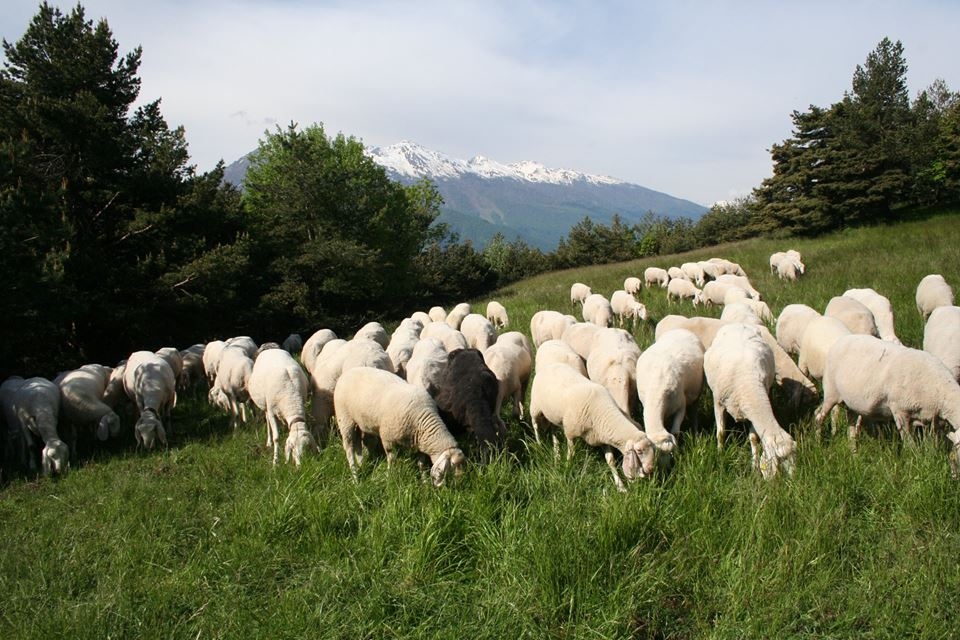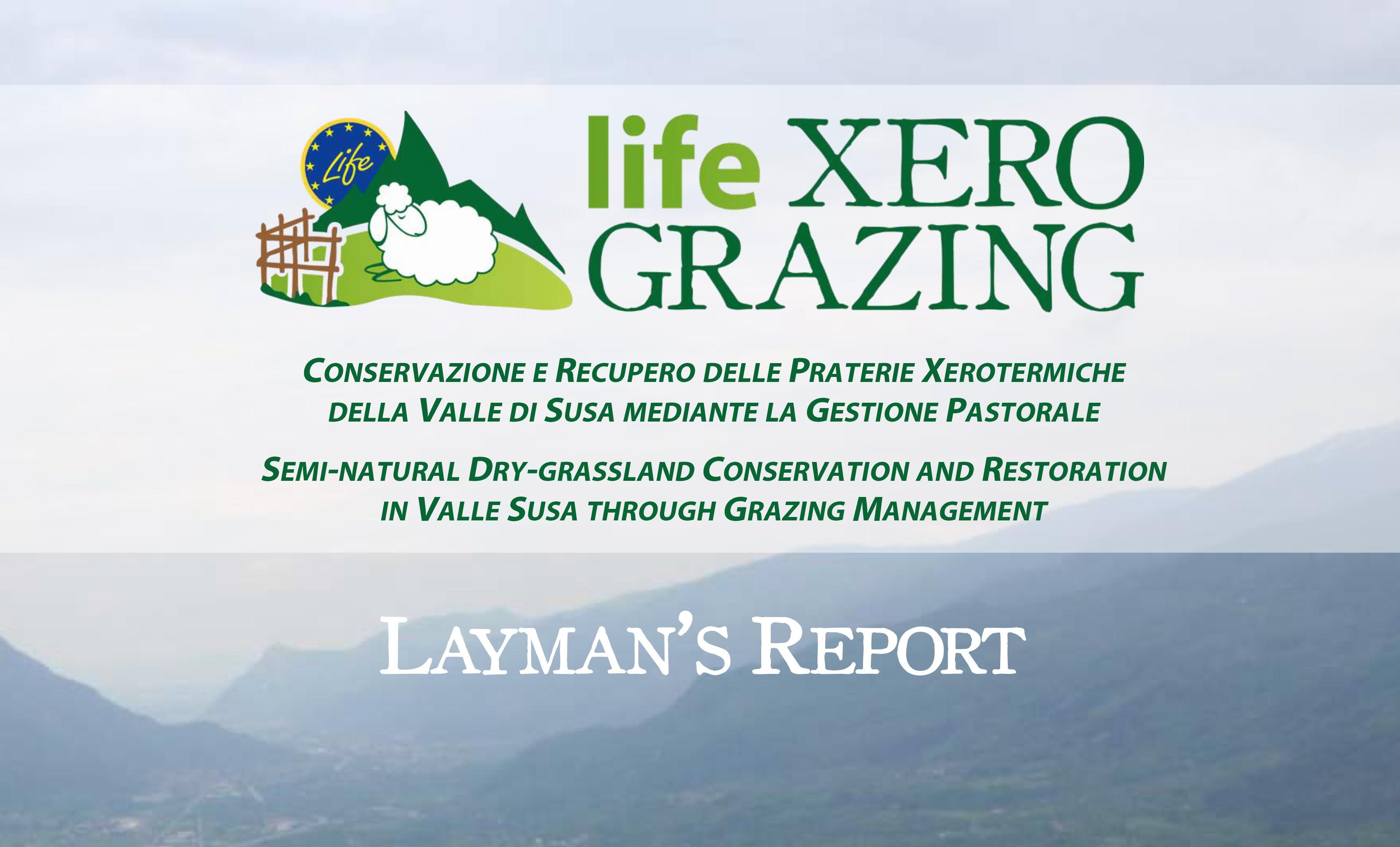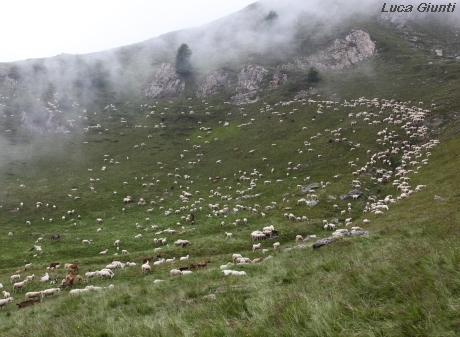 The animals purchased in the project will be entrusted, free to a private company for their management, for the duration of the project and after its conclusion which ensures continuity in time of action.
The animals purchased in the project will be entrusted, free to a private company for their management, for the duration of the project and after its conclusion which ensures continuity in time of action.
The flock will be actively engaged in the entire grazing area of habitat 6210*, subject to management, according to the time and manner prescribed in the course of the project, throughout its duration. Thereafter, the animals may be entrusted to other companies, but always with the aim of achieving the objectives of the nature conservation within and outside SCI. Grazing, thanks to investments (animals and equipment), will still be used after the completion of the project as a tool to further enhance conservation of habitat 6210*.
The flock given to a company will be via public tender. The animals will be made available to the companies that will be involved in the management of pre-approved habitat grazing programs and subject to the conditions of agreement (free, keeping the cattle healthy, prohibition of sacrifice, respect for grazing indications and benefits granted etc.).
The company may let the animals graze freely in the areas of intervention and use the profits gained from the sale of lambs (except those intended for recovery) to compensate for the costs of managing and maintaining the flock for the rest of the year. The company may not sacrifice any animal during the project for production purposes. The company that manages the flock can do it with additional (previously owned) animals, but will not be allowed flocks too large, to limit the impact against existing vegetation (also, the network of paths will not allow it). The parameters of the management plan (in particular the duration of grazing) will be defined in agreement with respect to the carrying capacity, to ensure the area is sustainable.
Despite the agreement, the coordinating beneficiary (PNACozie) will always own the animals, both during the project and after its conclusion. Animals acquired will therefore, not be transferred, killed or used for other purposes and remain the property of the Authority, which will give guarantees for the continuation of habitat 6210* conservational goals, as instructed during the project.
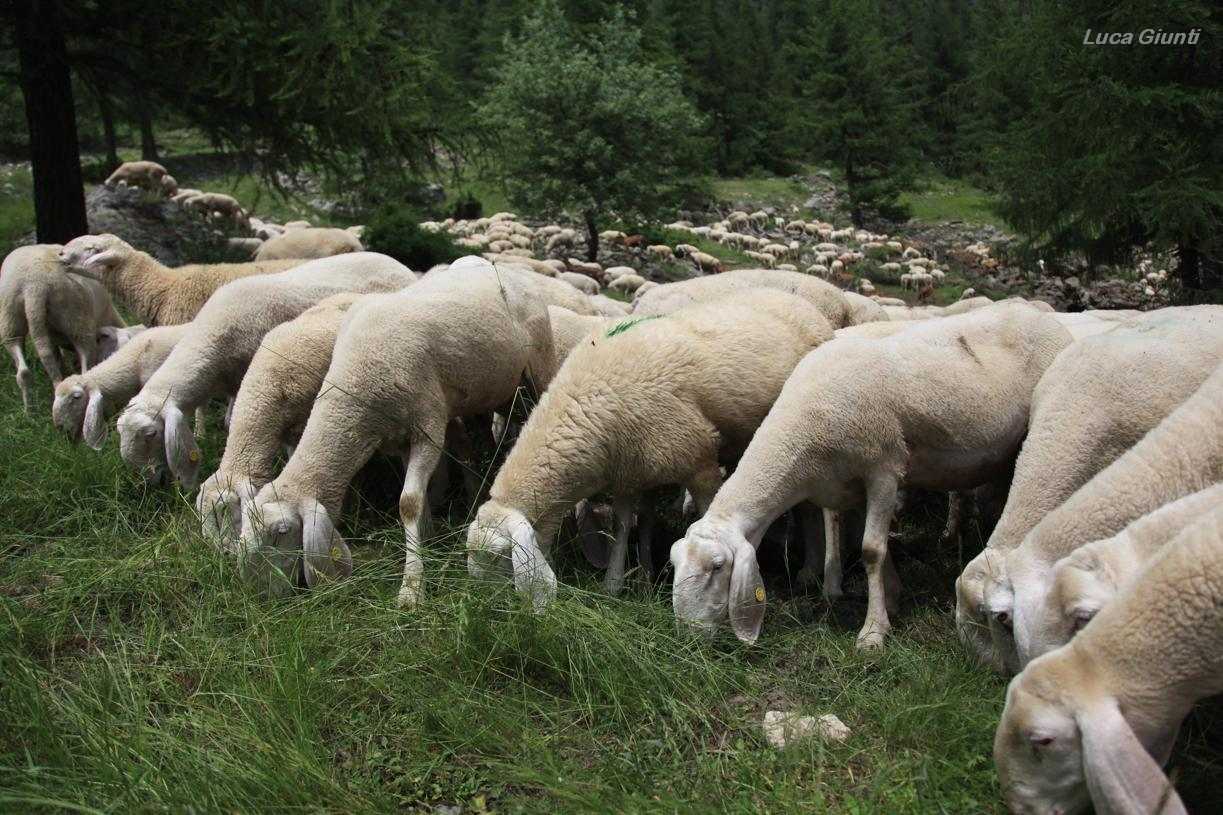 The choice of animal species (sheep rather than goats, cattle or horses) requires the need to have animals that are suitable for a difficult environment which contains: water scarcity, low-value forage grass and large rocky surfaces, where the periods of use are bound by natural needs and limited to months generally less favorable for other animal species (e.g. February and November).
The choice of animal species (sheep rather than goats, cattle or horses) requires the need to have animals that are suitable for a difficult environment which contains: water scarcity, low-value forage grass and large rocky surfaces, where the periods of use are bound by natural needs and limited to months generally less favorable for other animal species (e.g. February and November).
Whilst goats can meet such requirements and even be more effective in the containment of bushes, sheep will be purchased because they are more manageable and have less potential impact on other components of the habitat. This includes some species that need to be protected (eg, Juniperus oxycedrus).
Furthermore, the area does not lend itself to raising goats that are used for dairy purposes due to the lack of facilities which would impose a more restrictive management. Also, it is known that in the past this land was mainly grazed by sheep and so, despite its abandonment, sheep grazing should be tolerated better by all of the plant communities. Moreover, several studies have demonstrated the effectiveness of the sheep in the dispersal of seeds between different grazing areas that are also spatially isolated, showing positive effects in terms of conservation.
The flock will be composed of young sheep, in an attempt to give more continuity to the project and there will also be a renewal fee provided for the flock, which will be useful over a lengthy time period, for self-financing purposes. As for the type or class of sheep; more resistant species will be used which are more suited to grazing in marginal areas.
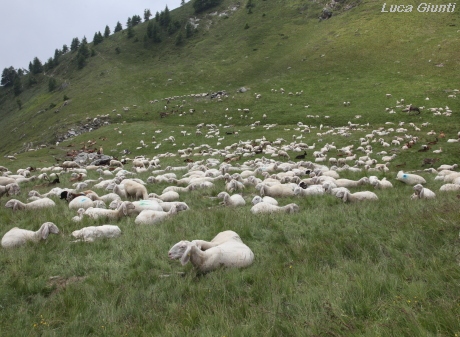
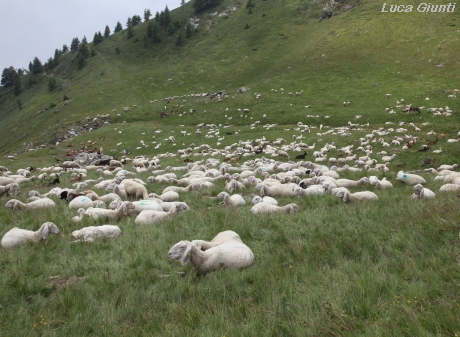 As part of the Xero-grazing LIFE project, the planned purchase (by PNACozie) of 150 sheep will establish a service flock for grazing purposes to help preserve the area.
As part of the Xero-grazing LIFE project, the planned purchase (by PNACozie) of 150 sheep will establish a service flock for grazing purposes to help preserve the area.
The aim is to create a functional service flock to help in the long-term conservation management of the area that has been used in habitat 6210*. It is possible to include other areas of habitat 6210* in and outside the confines of the SCI in the future, with a view to a progressive expansion of grounds placed in management in accordance with this project.
The project can be considered a practical demonstration to the possibility of establishing a long-term conservative management procedure in an area of the mountain, where there is almost no productive interest, but has a very high natural value. During the project, local authorities will be able to acquire some of the knowledge necessary for the management, from a methodological point of view, as well as a practical point of view.
The purchase of a service flock by Ente di gestione delle aree protette delle Alpi Cozie, in order to use in the territory of its jurisdiction, is also innovative, at least in the regional context, and in the future could become an example to other regions.
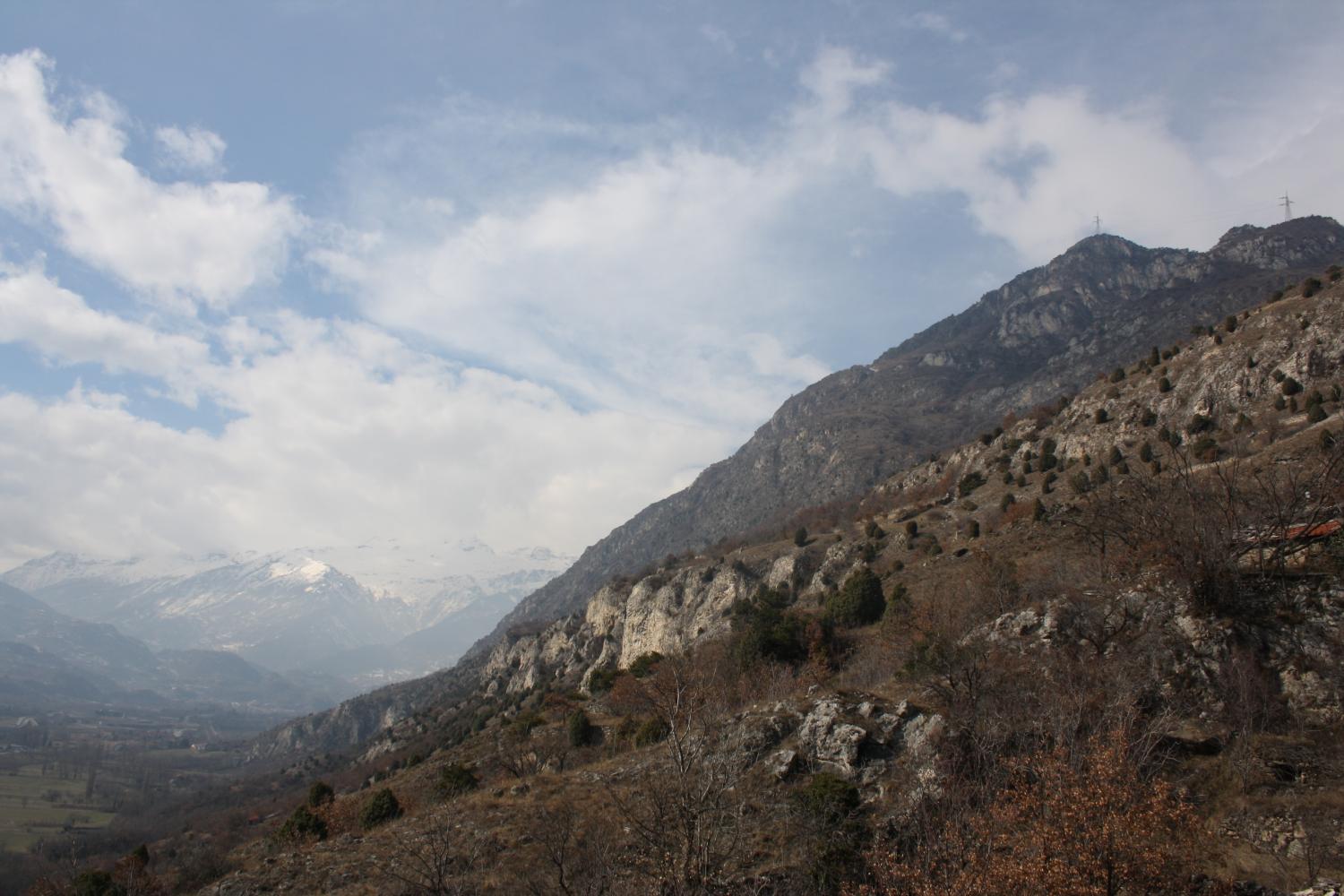 In the SCI, the following issues and threats have been identified, which impact on the conservation of habitat 6210*:
In the SCI, the following issues and threats have been identified, which impact on the conservation of habitat 6210*:
(1)Abandonment: the traditional agro-pastoral activities have allowed the preservation of many areas of prairie in the past. These activities have been affected in recent decades by a progressive reduction in frequency and intensity. The reduction in the number of companies settled, as well as the exclusion of the area from the historical routes of migration, has contributed to a widespread abandonment of the area. As a result, changes in the floristic composition of grassland have been observed (with a progressive increase of Brachypodium rupestre) as well as long-term shrub invasion combined with a succession of closed forest formations of Quercus pubescens. Shrub invasion is currently considered the most common cause of change within habitat 6210*. This is coupled with an acute threat to the consequent decline of the specific richness of grasslands including the number of orchids.
The project aims to carry out a series of actions to recover part of the now abandoned grasslands affected by shrub and tree invasion and also implement a sustainable pastoral management which is durable and shared, in the area.
(2)Fires: The Bassa Valle di Susa is considered to be an area that has a high risk of fire. In the SCI, the risk is accentuated by a high number of dry, ground phytomass and widespread shrub invasion which are consequences of the absence of agro-pastoral techniques. Fire is considered to be a common threat for the habitat 6210 * (Mediterranean region) in particular, as it is considered as a possible cause for changes in the floristic composition and soil erosion. The post-fire invasion of pyrophytes species (Brachypodium rupestre) has determined significant loss of biodiversity in the areas where they have become dominant.
By reintroducing pastoral management, the project can be considered a useful tool for local prevention of fires. The revival of such techniques in mountain areas is in fact, considered a measure that can decrease effectively the biomass fuel to the ground and, with it, the risk of fire. Similarly to grazing, clearing may also be considered useful in fire prevention.
(3)Unauthorized access of motor vehicles: In certain areas of the SCI, there is a problem of degradation to the service roads which lead to the areas of intervention. This is considered to be caused by unauthorized motor vehicle access.
The project aims at restoration of degraded areas, which will in turn help provide more protection of the habitat and pastoral service, in addition to monitoring by the staff of PNACozie.
(4)Changes of intended land use: A change in land use is considered to be a typical and widespread threat to the conservation of any type of habitat. This can lead to degradation, destruction and (or) fragmentation as well as the disappearance of animal and plant species. Land use changes in the SCI may be considered minimal, because the type of area and the territorial policy.
The beneficiaries propose long-term conservation management on some representative grounds in public ownership. For private property, the beneficiaries intend to invite the owners, through the disclosure of the report, to protect the habitat and possibly form a consortium for future management.
